
Tagging and Tracking Sea Turtles
Turtle Tracking
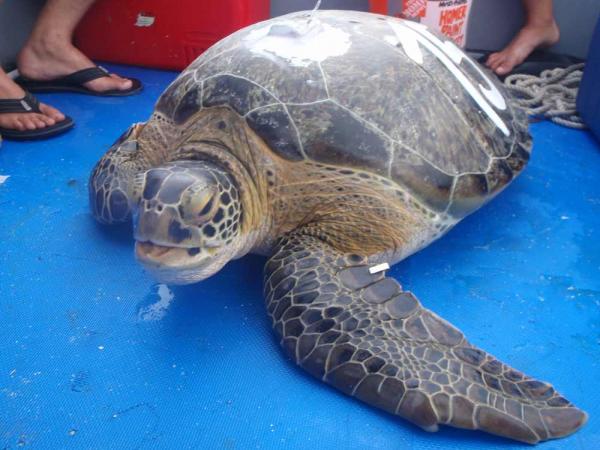
Marine biologists are keeping a close eye on the threatened and endangered sea turtles of Dry Tortugas National Park, 70 miles (113 kilometers) west of Key West, Fla. But to follow the turtles, scientists first have to tag them with state-of-the-art monitoring electronics. Wrestling a 400-pound (181-kg) sea turtle, such as Bond pictured above, out of the ocean is not for your average lab rat.
Capture

Once a sea turtle is safely aboard the U.S. Geological Survey (USGS) ship, Caretta caretta, the team measures the turtle, takes blood samples and affixes tags. All of the tagged sea turtles are given a name. The large female green turtle pictured above was named Kristen, after Kristen Hart of the USGS. Hart's colleagues playfully decided the name was appropriate because the turtle was such a challenge to work with.
Tagging
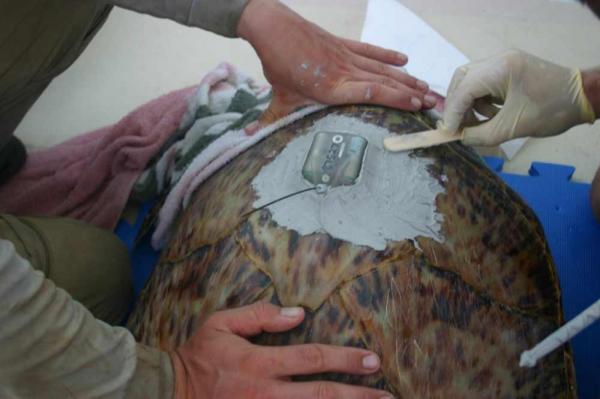
A $1,350 satellite tag is glued to the turtle's shell toward its head. The tag transmits data every day as the turtle surfaces for air.
Tracking
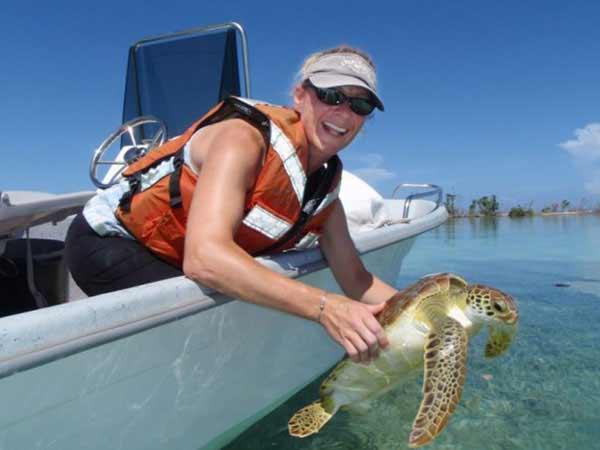
After the tags are applied, the turtles are released back into the water. The research team collects data from the tags to track the turtles' movements.
Nesting
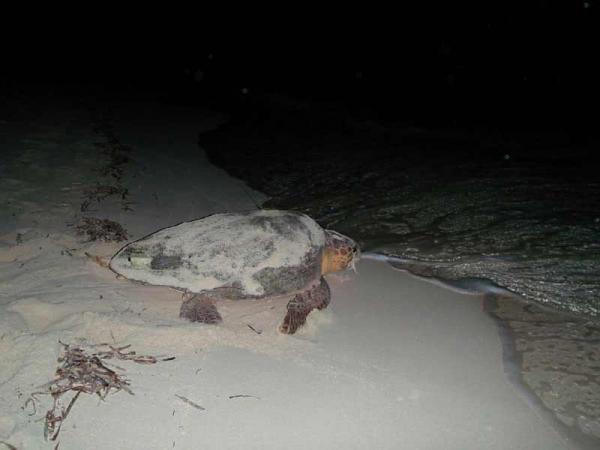
Fiona, a loggerhead turtle, returns to the waters after nesting on East Key beach. Fiona's satellite tag revealed that she traveled 2,314 miles (3,724 km) from Dry Tortugas to the Bahamas.
During nesting season, researchers stalk the beaches from 8:30 p.m. ET until sunrise, so as not to miss a moment of the action. Nesting usually happens around 10 p.m. and only lasts 45 minutes. Protecting nesting areas is crucial for the survival of these species.
Where do they go?
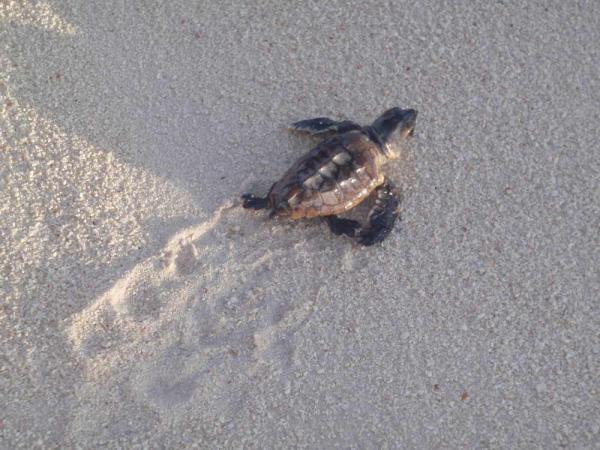
Scientists are also measuring how well the turtles are giving birth to hatchlings. The hatchling pictured above was found still in its nest. Researchers jump-started its journey to the water.
Protecting Sea Turtles

Data from the sea turtle tracking project will help marine biologists better protect the loggerheads, green turtles and hawksbills of Dry Tortugas. Researchers are hoping to identify sea turtle hot spots areas where nesting and other sea turtle activity overlap. These hot spots are areas where human activity should be limited to give the turtles extra privacy.
Get the world’s most fascinating discoveries delivered straight to your inbox.
